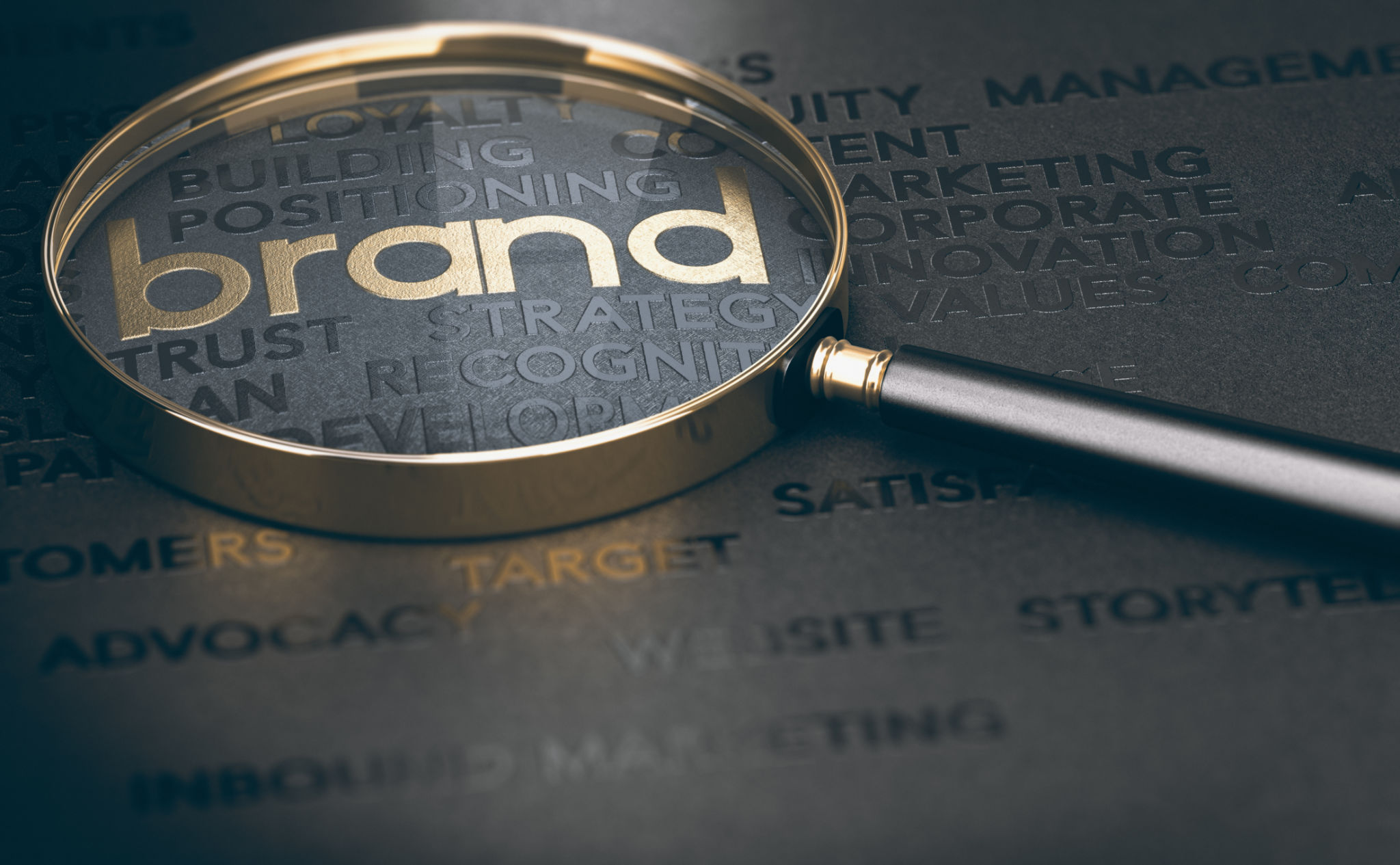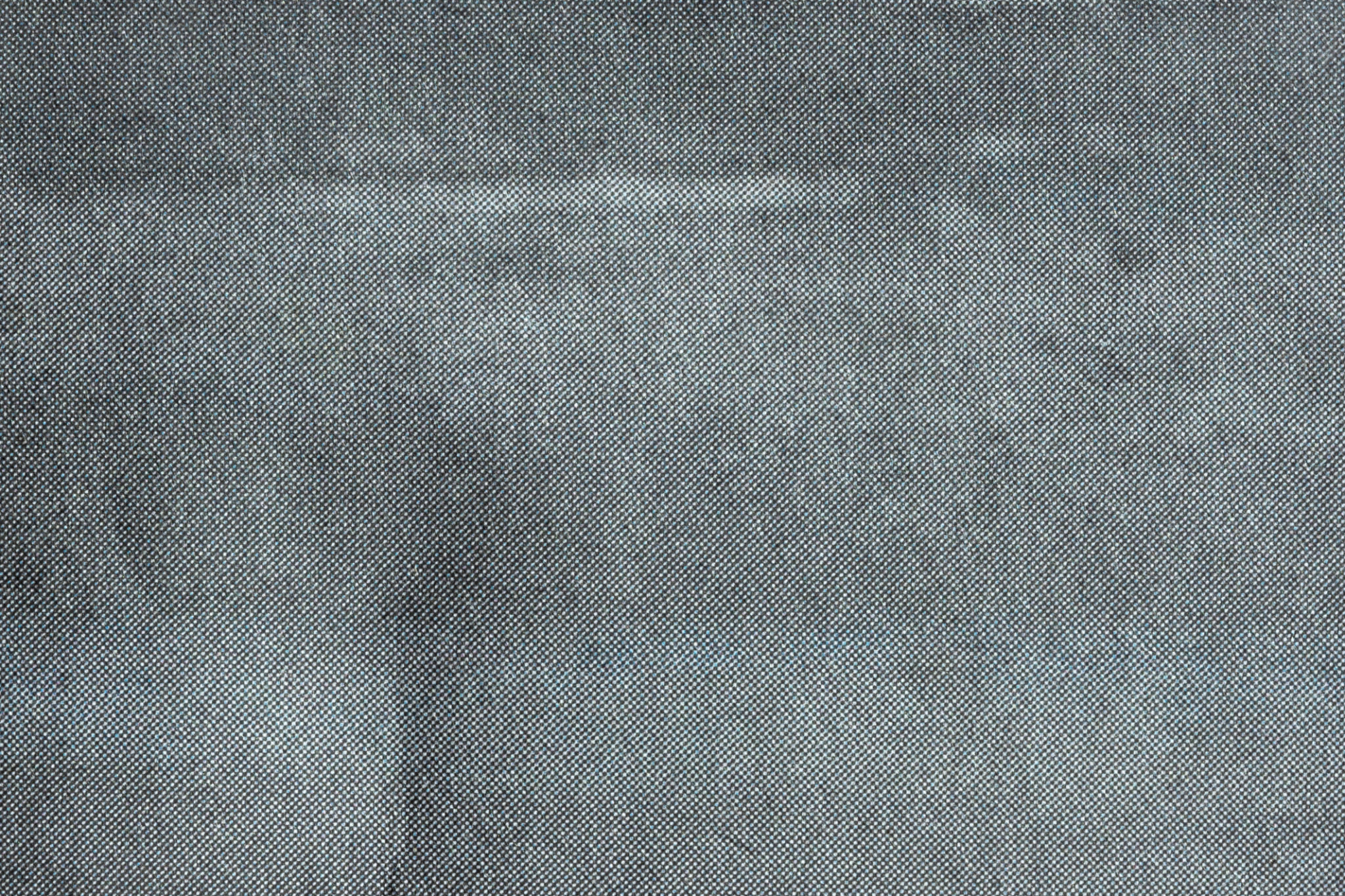How I Design Unique Logos: Tips from a Professional Communication Designer & Photographer
Understanding the Essence of Your Brand
Creating a unique logo begins with a deep understanding of your brand. As a professional photographer, you know that every image tells a story, and your logo should do the same for your brand. Consider what emotions and messages you want your logo to convey. Is your brand about elegance, adventure, or perhaps innovation? Start by writing down key adjectives that describe your business. This will lay the foundation for a design that's true to your identity.
Remember, simplicity is often the key to a successful logo. It should be easily recognizable and memorable at a glance. Think about some of the most iconic logos — they often rely on simple shapes and minimal color palettes. This simplicity doesn’t just make your logo more versatile; it also enhances its impact across various media.

Choosing the Right Color Palette
Colors have a profound psychological impact on how your brand is perceived. As a photographer, you're already aware of how different hues can set the mood in a photograph. The same principles apply to logo design. Choose colors that resonate with the essence of your business. For instance, if you specialize in nature photography, greens and earthy tones might suit your brand.
Keep in mind that colors can evoke different emotions depending on cultural contexts and personal experiences, so it's crucial to research and test how your chosen palette aligns with your audience's perceptions. Often, sticking to two or three colors is ideal to maintain clarity and cohesion.
Incorporating Typography
Your choice of typography can significantly affect how your logo is interpreted. A font can communicate elegance, modernity, or playfulness even before words are read. As with the other elements of your logo, consistency is key. Make sure the typography complements other design elements and reflects your brand's personality.
Consider custom lettering or tweaking an existing font to make it unique to your brand. However, ensure that the text remains legible across different sizes and formats. Remember, your logo should look great on anything from business cards to billboards.

Utilizing Imagery and Symbols
As a photographer, imagery is your forte, so naturally, you might want to incorporate visual elements into your logo. Whether it's a camera icon, a lens, or something more abstract, ensure that it’s something that will resonate with your audience and speaks to the services you offer.
However, resist the temptation to overload your logo with too many images or symbols. A cluttered design can confuse potential clients and dilute your brand message. Opt for one strong image that encapsulates the core of what you do.
Seeking Feedback and Refining
No design process is complete without feedback. Once you have a draft of your logo, show it to a few trusted colleagues or clients to get their initial impressions. Constructive criticism can be invaluable in refining your design to ensure it aligns well with how others perceive your brand.

After gathering feedback, iterate on your design. Be ready to make adjustments to colors, fonts, or symbols based on the input you receive. The goal is to create a logo that resonates with both you and your audience.
The Final Touches
Once you're satisfied with the design, test how it appears across different mediums. Ensure it maintains its clarity and impact whether it's on a digital screen, printed material, or merchandise. A versatile logo adapts well to various formats without losing its essence.
Finally, protect your new logo by considering trademarking it. This not only secures your brand identity but also prevents others from using similar designs that could confuse your audience.
Designing a unique logo is both an art and a science — one that requires thoughtful consideration and creativity. By applying these tips drawn from photography's visual storytelling techniques, you can craft a logo that authentically represents your brand and captivates your audience.
